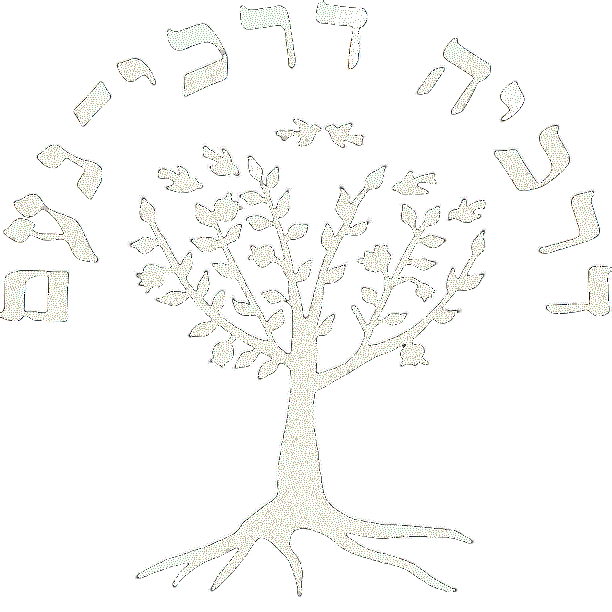Parshat Emor :: May 18, 2024 ~ 10 Iyar 5784
- Lis Shapiro
- Jun 18, 2024
- 2 min read
I dedicate this dvar Torah in honor of my parents, יוסף בן מנחם ושושנה פרל, whose yahrzeit was on the 4th of Iyar, and mother בולא בת אברהם הלבי ומרים whose birthday of just under century will be celebrated soon. Together, their lives exemplify the point of my drash.
Parashat Emor is wedged between parshiot קדושים and בהר. Emor pertains to the service of the cohanim, detailing what is and is not acceptable, and minutiae pertaining to the festivals.
What does this have to do with the rest of us who are not cohanim? Why do we need to pay attention during the recitation of these passages? They are not part of our job description.
Or are they?
I propose that a few passages of Emor bring it all home to us.
In Emor, we read about specifics of two objects: the ner tamid (eternal light) and the shulchan (table). Both the ner tamid and shulchan are composed of pure materials, symbolizing the pursuit of sanctity.
The ner tamid is placed outside of the Tent of Meeting, its illuminating light visible to all.
And the shulchan? The cohanim are instructed to place 12 loaves of bread on the table, each loaf representing a tribe.
Although we’ve been without a Tent of Meeting or Beit haMikdash for centuries, we do have the symbolism of both the ner tamid and the shulchan to guide us. Samson Rafael Hirsch states in his commentaries that the placement of the ner tamid outside of the parochet is to remind us to take לפני ה’ תמיד to heart, and be aware that we are always in the presence of G-d. Think of all the synagogues you’ve been with דע לפני אתא עומד is inscribed above the aron, Know before Whom you stand, not a subtle reminder.
Rav Hirsh continues, stating that the 12 loaves on the shulchan or table in the sanctuary represented Jewish national prosperity. This prosperity depended on each of the 12 tribes. Rav Hirsch explains that each loaf of bread was mixed and kneaded individually, but then baked in pairs. Although each tribe had unique and individual qualities, it was only when coupled with others, can their potential be realized. When the tribes were unified in purpose, they transformed to become a single whole, עם ישראל. Unity as a people depends on brotherhood, and brotherhood requires more than intentions and words. Unity requires action. We can all acknowledge that that is sometimes easier said than done.
The light of the ner tamid and the function of the shulchan, now the mikdash m’at of our homes, remind and compel us that together, in unity, we can realize the purpose of our existence …to bring to and enhance sanctity in the world.
In these difficult days, the lessons of Emor resonate with meaning.
Together, let’s light up the darknesses we face, whether internal or external, and strive to illuminate the world with goodness. Even with our diverse perspectives, we can unify through good deeds, to bring and enhance sanctity in our homes and communities.
קדֿימה - להדליק את האור! ושבת שלום!

Comments